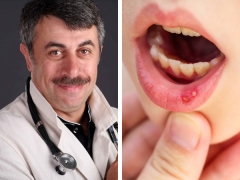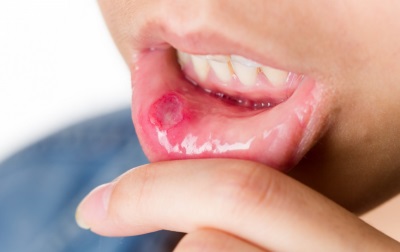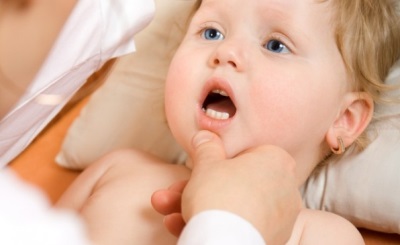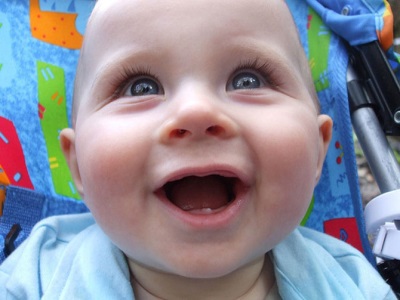Dr. Komarovsky about stomatitis
Each parent is faced with such a very unpleasant and uncomfortable disease for the child, as stomatitis. Let's find out the opinion of this disease known pediatrician Komarovsky, as well as how he advises to treat stomatitis in children.
The reasons
When any changes appear in the mouth, Komarovsky recommends the mother to immediately think what could have brought them. Maybe it was a purchase of a new toothbrush or a change in toothpaste, maybe some kind of solid or very hot food or some other factor.
The well-known doctor claims that the main reason for the appearance of stomatitis in a child is associated with changes in saliva - its physical and bactericidal properties. Normally, saliva is constantly produced in the oral cavity in order to protect the child during contact with the outside world through the oral cavity. And if any factor affects the production of saliva, it can lead to the appearance of stomatitis.
Such a factor may be the drying of the oral cavity due to too dry air in the room. And since dehydration and drying in the mouth in a child appears faster and more often than in an adult, such a problem as stomatitis appears more often in childhood.
A popular pediatrician names infectious factors (fungi, bacteria, certain viruses), mechanical trauma (cheek biting, bump, solid food, some kind of hard object), dirty hands, burns among the causes of stomatitis. He also notes that the medicine has not yet determined the causes of aphthous stomatitis, but if the child once had aphthae, then they will periodically appear again in the future.
Mouth mucosa may be affected by chicken pox, mononucleosis, viral pharyngitis and other infections, but also stomatitis can be an independent disease. Often, the defeat of the mucous membranes causes iron deficiency anemia and vitamin B12 deficiency. On the lack of iron can suggest the frequent occurrence zed.
Symptoms
According to Komarovsky, stomatitis can manifest itself in different ways - both as point raids, and as bubbles, and as small sores. Such elements of inflammation can be on the arms of the throat, tonsils, inner surface of the cheeks or lips, tongue. The doctor notes that with the most common aphthous stomatitis, the body temperature does not rise. Mom only notices in the child's mouth rounded sores with yellowish bloom and reddened edges. As a rule, such ulcers are characterized by considerable pain.
Herpetic stomatitis, according to the popular pediatrician, is a highly contagious disease. It usually affects children between the ages of 6 months and 5 years, most often in the first or second year of life. Its cause most often is the transmission to the child of the herpes virus from an adult. The features of such stomatitis Komarovsky calls the presence of high body temperature, as well as the possibility of antiviral treatment.
How to treat stomatitis?
When stomatitis appears, you should certainly contact your pediatrician and find out how best to treat the pathology in each particular case. At the same time, Komarovsky notes that the treatment of stomatitis is almost always symptomatic, with the exception of herpetic or staphylococcal stomatitis, when treatment affects the cause of the disease.
Symptomatic therapy helps to alleviate the course of the disease in the baby and remove discomfort, but almost does not affect the healing time of mucosal lesions.On average, such a pathology lasts from 7 to 14 days, unless a bacterial infection joins.
In the treatment of stomatitis at home, Dr. Komarovsky recommends adhering to the following rules:
- It is important to provide the child with the conditions under which the oral cavity will not dry out. To do this, you need to moisten the air in the room and give the kid enough to drink.
- It should be constantly monitored so that the baby does not develop dehydration.
- All food the child needs to give warm. Its temperature should not exceed +30 degrees. Drinks can be cool.
- Also, all food that gets into the baby’s mouth with stomatitis should be soft. For drinking it is recommended to give a straw.
- After eating, it is important to rinse your mouth with plain water to remove any food residue from your mouth.
- Juices should be avoided, especially citrus juices. But Komarovsky considers chilled fruit purees to be good food for stomatitis.
- Popular pediatrician does not recommend to use dyes in the treatment of stomatitis. Moreover, if the dye is alcoholic, on the contrary, it will prolong the healing time.
- According to Komarovsky, gels with anesthetics, which are usually used during teething, help reduce the pain of manifestations of stomatitis.













